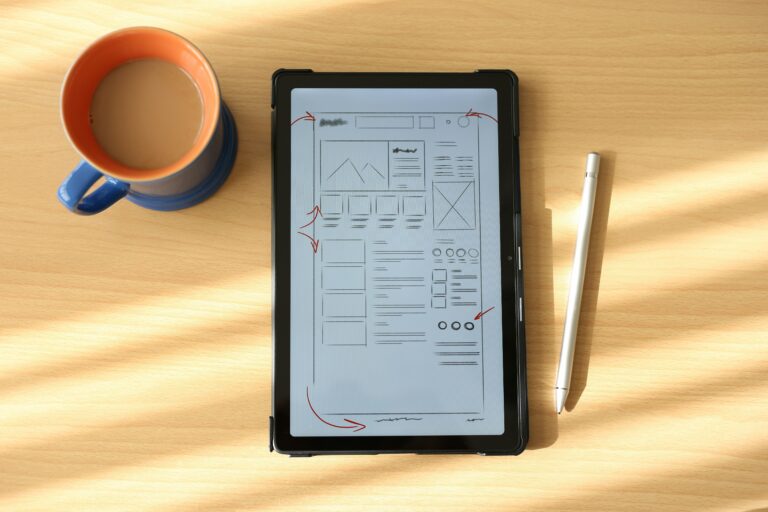A UX (User Experience) Lead is a professional who is responsible for leading and managing the user experience design process within a company or project. UX Leads play a crucial role in ensuring that products, services, or digital experiences are intuitive, user-friendly, and meet the needs and expectations of the target audience.
The primary responsibilities of a UX Lead may include:
Strategic planning
Collaborating with stakeholders, such as product managers and executives, to define the overall UX strategy and goals of a project or product.
Team leadership
Managing and mentoring a team of UX Designers, Researchers, and other specialists involved in the user experience design process. This may involve assigning tasks, providing guidance, and fostering collaboration.
User research
Conducting or overseeing user research activities, such as user interviews, usability testing, and competitive analysis, to gather insights about user needs, behaviours, and preferences.
Information architecture
Defining the structure and organisation of information within a product or service, including navigation schemes, categorisation, and labelling systems. This is called information architecture.
Interaction design
Creating or guiding the creation of wireframes, prototypes, and interaction patterns that outline the behaviour and flow of a digital product or service.
Visual design
Collaborating with visual designers or overseeing the visual design process to ensure that the user interface (UI) aligns with the overall user experience goals and brand guidelines.
Usability evaluation
Conducting usability evaluations and heuristic reviews to assess the effectiveness and efficiency of a product’s user interface and proposing improvements based on the findings.
Collaboration
Collaborating closely with cross-functional teams, including Product Managers, developers, and stakeholders, to ensure that the user experience design aligns with business goals and technical constraints. Effective communication and presentation skills are essential to articulate design decisions and advocate for the user’s perspective.
Overall, a UX Lead combines expertise in user-centred design principles, research methodologies, and project management to create exceptional user experiences.
Read our guide to UX Design principles, process and tools



